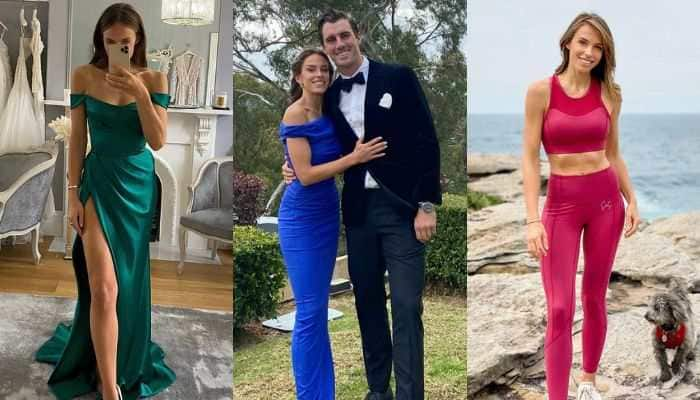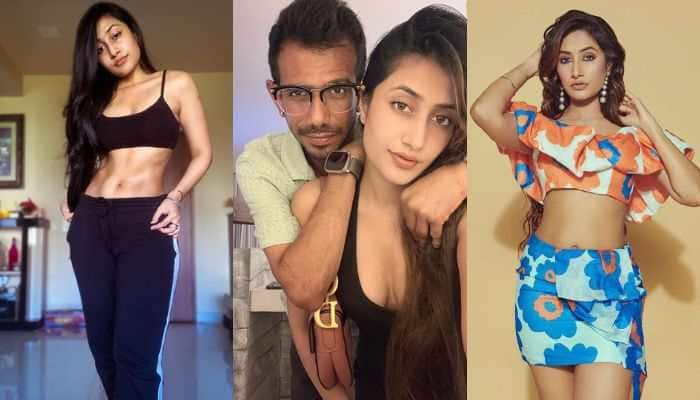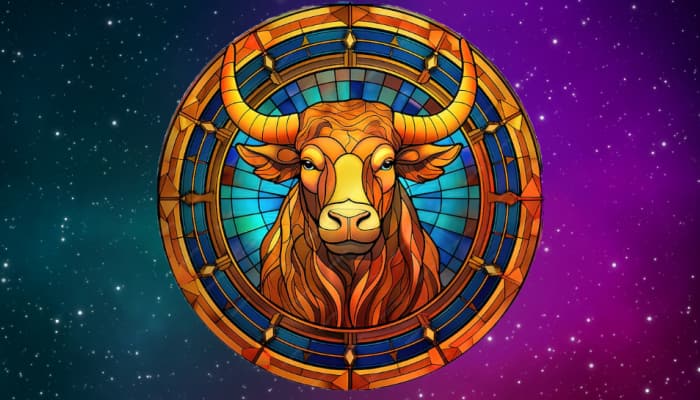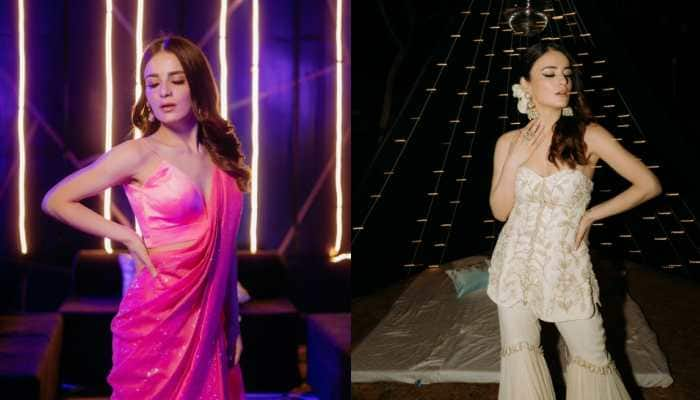PM Narendra Modi's security: The role of SPG and other levels of security in India
SPG and other levels of security in India: The Government of India based on the recommendations of the Union Home Ministry and the state governments provides various levels of security to VVIPs, VIPs and high-risk individuals, following a detailed assessment of the threat to their lives by the concerned agencies, local police and respective state government.
- There are six categories of security cover given to VVIPs, VIPs and high-risk individuals in India
- The SPG provides proximate security to the PM of India
- The security cover is given on the basis of threat assessment
- SPG, Z+, Z, Y+, Y and X are various categories of security cover provided in India
Trending Photos
)
NEW DELHI: In a democratic setup, the safety and security of the President and the Prime Minister, who are the constitutional heads of a state and the leaders of the Union Executive, is a matter of paramount importance. Any breach in their security can have a catastrophic impact on the country’s political and economic stability. In India, the role of the Special Protection Group or the SPG is very significant in protecting the Prime Minister of India. It is a government agency, which provides 24-hour surveillance and security to the Prime Minister of India.
Threat analysis and levels of security in India
The Government of India based on the recommendations of the Union Home Ministry and the state governments provides various levels of security to VVIPs, VIPs and high-risk individuals, following a detailed assessment of the threat to their lives by the concerned agencies, local police and respective state government. Depending on that threat perception, the category of security which may be given to a VVIP, VIP or high-risk individual is further divided into six tiers: SPG, Z+ (highest level), Z, Y+, Y and X. Once the threat analysis is confirmed, the category of security is decided by the Home Secretary, Director General of Police and the Chief Secretary in the state. The details are then sent to the Union Home Ministry for formal approval.
In India, the President, Vice President, Prime Minister, Supreme Court and High Court Judges, three Service Chiefs of Indian Armed Forces, Governors of State, Chief Ministers and Union and state Cabinet Ministers, celebrities and high-risk individuals (Very Important Persons) are provided different categories of security for their safety and well-being.
Special Protection Group (SPG)
The SPG is an elite agency whose details are highly confidential and classified. The Prime Minister's security is the sole domain of the Special Protection Group which is described as an “armed force” in the SPG Act. The SPG, which has more than 3,000 active personnel at present, was created in 1985 in the wake of Prime Minister Indira Gandhi’s assassination by her own bodyguards in October 1984. The SPC Act calls for providing “proximate security” to the Prime Minister of India as well as those who have previously held the post.
For the first 34 years since India gained Independence from British Rule, Indian Prime Ministers were protected primarily by the Delhi Police, which was overseen by an officer with the rank of Deputy Commissioner. However, after Indira Gandhi’s assassination in 1984, the Ministry of Home Affairs called for an overhaul of the top-level security structure of the VVIPs and VIPs and converted the 1981-born Special Task Force into a permanent unit. This is how the Special Protection Group came into being on 30th March 1985.
According to the Special Protection Group Act, 1988, “Its sole responsibility is to protect the Prime Minister at all times nationally and internationally, former Prime Ministers of India and members of their immediate families”. However, the Special Protection Group (Amendment) Act, 2019 resulted in the Prime Minister (in the present case - Narendra Modi) becoming the only person in India to be guarded by the SPG.
According to the SPG Act, proximate security is defined as “protection provided from close quarters, during a journey by road, rail, aircraft, watercraft, or on foot, or any other means of transport and shall include the places of functions, engagements, residence or halt and shall comprise ring round teams, isolation cordons, the sterile zone around, and the rostrum and access control to the person or members of his immediate family”. The Act clearly mentions that ring round team, isolation cordons and access control are a mandate of the SPG as part of “proximate security” defined above.
What is the motto of the SPG?
According to the SPG website, the agency works on the motto of "Zero Error" and "Culture of Excellence". “SPG personnel have always discharged their duties and responsibilities with devotion, dedication, hard work and courage within India and in foreign territories. Each SPG personnel dedicate himself completely to upholding the integrity of the nation and the spirit behind the SPG motto "Shauryam Samarpanam Surakshanam" (i.e. bravery, devotion and protection),” it reads.
The Charter of the SPG
The charter of SPG bestows great responsibility on its members and this need to be shouldered without any compromise on the standards of performance the Nation expects. New initiatives in modernizing and capacity building of the force are a continuous process.
Who controls the SPG?
According to the SPG Act, “the general superintendence, direction and control of the group shall vest in, and be exercised by, the Central Government and subject thereto and to the provisions of this Act and the rules, the command and supervision of the Group shall vest in an officer to be appointed by the Central Govt. as the Director of the Group.”
Who is mandated to assist the SPG?
The SPG Act mandates various central and state government ministries, departments and other central and state agencies to assist the Special Protection Group whenever required. “It shall be the duty of every Ministry and Department of the Central Govt or the State Govt or the Union Territory administration, every Indian Mission, every local or other authority or every civil or military authority to act in aid of the Director or any member of the Group whenever called upon to do so in furtherance of the duties and responsibilities assigned to such Director or member,” the Act reads.
How does SPG work?
The SPG is involved in the Advanced Security Liaison. As part of the ASL, the SPG and all the top agencies involved in providing proximate security to the PM record and monitor every minutest detail of the Prime Minister's schedule. The local police maintain this minute-by-minute schedule during the PM's visit to a state, but it is overseen by the SPG officials. SPG sanitises the venue and secures the PM's route as part of security protocols. The agency is mandated to carry out anti-sabotage checks and frisking of anyone who may approach the Prime Minister.
Where is the SPG HQ?
The SPG head office is in Dwarka, southwest Delhi, and the agency draws personnel from the Central Armed Police Forces (such as the Border Security Force, Central Reserve Police Force, Central Industrial Security Force, and the Indo-Tibetan Border Police) as well as the Railway Protection Force Service.
How are the SPG commandos selected?
All SPG commandos are volunteers - the best of the best who clear a three-tiered screening process. They are usually seen around the Prime Minister, dressed in black Western-style formal business suits, and sunglasses, and carrying a two-way encrypted communication earpiece as well as concealed weapons.
How does the SPG ensure the PM's safety?
The Prime Minister is always closely surrounded and guarded by the SPG commandos, who go by the instructions and the security protocols mentioned in the 'Blue Book' whenever the PM is travelling. The 'Blue Book' guidelines are issued by the Ministry of Home Affairs (MHA), which reviews them at regular intervals. According to the Blue Book, the SPG is required to convene an Advance Security Liaison (ASL) three days before each visit by the PM. The agency is required to coordinate, receive and analyse inputs obtained from the Intelligence Bureau, central and state agencies, state police officers, and the local district magistrate.
Every minutest detail about the PM’s itinerary is recorded during the ASL meeting. The SPG along with other central, and state agencies review the PM's travel plans, including how he will be accompanied, and choices are made based on central and local intelligence input. The SPG also prepares a contingency plan for any emergency or unexpected event. All agencies, at all levels, remain on high alert mode and keep a constant vigil over developments surrounding the PM.
Various categories of security in India
Z+ category: It is the second highest category of security provided to VVIPs, VIPs or high-risk individuals in India. The Z+ level of security is given by National Security Guard/ Black Cat Commandos. A Z+ category security cover comprises 55 personnel, including more than 10 NSG commandos and police personnel. Around 450 VIPs of India have been currently provided with this security. The NSG and other security personnel are armed with Heckler & Koch MP5 sub-machine guns and modern communication equipment and are highly skilled in martial arts and unarmed combat skills.
Z category: This is the third highest category of security cover for any individual in India. It comprises 22 personnel, including between 4-6 NSG commandos and police personnel.
Y+ category: This kind of security cover consists of 11 personnel, including 2-4 commandos and police personnel.
Y category: In this type of security cover, there are 8 security personnel, including 1 or 2 commandos and police personnel.
X category: It is a security cover comprising 2 personnel, with no commandos but only armed police personnel.
(Disclaimer: The article is based on information sourced from govt and other agencies. The views expressed in this article are those of the author and do not reflect the views of Zee News)







)
)
)
)
)
)
)
)
)
)
